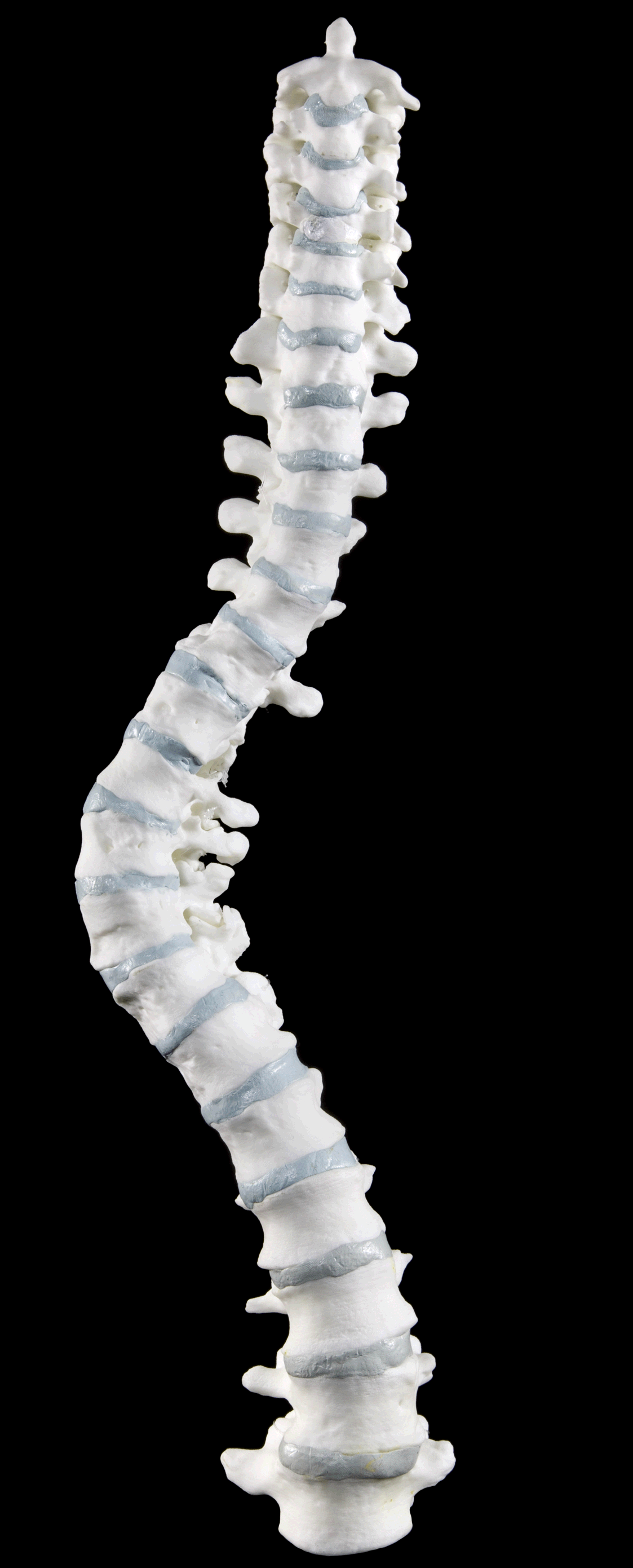Due to the complexity of the brain, neurological problems have always been one of the most poorly understood medical complications, and subsequently one of the most difficult to treat. Doctors as early as 6500 BC would sometimes use trepanation to treat what doctors now know to be neurological disorders, but were then thought of as an attack of the evil spirits. Trepanation is the act of boring a hole into the patient’s head in order to expose the thin tissue called dura mater which covers it. This was used to “treat” everything from persistent headaches and seizures to skull fractures among others conditions. We don’t know about you, but we’d probably have just kept those headache complaints to ourselves.
It’s safe to say that neurosurgery has come a long way–and we’re very, very grateful for that.

So, what does neurosurgery look like in the XXI century? We now live in a world where 3D printing, microsurgery, high fidelity audio and video equipment and, of course, Augmented Reality/ Mixed Reality (AR/MR) are only a few of the amazing technologies that we have at our disposal, and neurosurgery is one of the medical specialties that making the most of it. Neuronavigation is promising to become an essential tool for pursuing minimally invasive and safer stereotactic surgeries. Sadly, work still needs to be done on the ergonomics and design of this technology in order for it to be ready to use in the surgical field, but it shows a lot of promise. AR allows the augmentation of virtual information onto real-world images, making it the perfect companion for this kind of surgical technology.

MRI imaging can be used to create a 3D model of the patient’s body in the area where surgeons plan to operate, and that image can be used as a precise reference during the surgery. Basically, AR allows the the virtual 3D reference model of the neuronavigator to be overlayed on top of the the real operative field, reducing mistakes and uncertainty. Sounds neat, right? Well, this technology is being developed right now! A surgeon from the department of Neurosurgery of the PLA General Hospital in Beijing, China has worked out a way to merge AR/VR technology with the neuronavigational equipment.

In this study, Glioma surgery
was performed on 79 patients using AR technology, with 55 patients operated Complete resection was achieved in 55 of 79 (69.6%) glioma patients who’d undergone the AR assisted surgery, as opposed to only 20 of the 55 (36.4%) control subjects. Both the complete resection rate and average extent of resection were improved in the AR-assisted surgery. You can check out similar studies here and here!

About 400,000 patients undergo spinal surgery at the US every year, and unfortunately, it doesn’t always grant patients relief. 3D printing has proven to be a great tool for pre-operative planning and even designing custom-made prosthetic pieces for each patient problem, which could increase the success rate of these procedures. The problem? 3D printing is not available for everyone, and: 3D printing is not an easy skill to learn.

Dr. Henrique Lampert, an orthopedic spinal surgeon working in Santa Catarina, Brazil at the Instituto de Ortopedia e Traumatologia de Jaraguá do Sul has begun work on an AR advancements in spinal surgery with Microsoft Hololens for spinal arthrodesis, a procedure designed to treat patients with neck and back pain, fractures, and bone cancer, in addition to providing corrective surgery for deformities. This treatment uses screws to fix the spine, and needs to be very precise. Some places in the world require that surgeons perform this surgery guided only by anatomical landmarks and intraoperative x-ray for correct placement of these screws.

Dr. Lampert saw in Microsoft’s HoloLens an opportunity to use holographic technology as an alternative to 3D printing practice models for surgeons to practice on. Being able to do pre-operative planning for the trajectory of the screws is crucial for successful surgery. It also allows surgeons to double check and make important clinical decisions in real time during the surgery. We know studies like this have been done before, but this is the first time that it’s been applied on a live surgery! You can watch the technique here.
We at ARinMED are extremely happy to see AR/MR technology seamlessly integrating into the medical field. Hololens was released as a developer kit less than a year ago on March 30th of 2016, and how many leaps has medicine made with it since then? This technology is so limitless that we know it will take off quickly when more of it is on the market. What do you think about it? Tell us in the comments section!
Sources:https://en.wikipedia.org/wiki/Neuronavigation, https://www.ncbi.nlm.nih.gov/pubmed/27513166
https://hololens.reality.news/news/two-doctors-simplify-spinal-surgery-with-hololens-0175101/
https://www.youtube.com/watch?v=zC5097mA9f4
http://www.worldneurosurgery.org/article/S1878-8750(16)30653-2/pdf









[…] to nurture their ideas, that we will see amazing projects arise from this effort. Just look at these ideas that have already been put in motion. We think that access to AR tech shouldn’t be limited […]